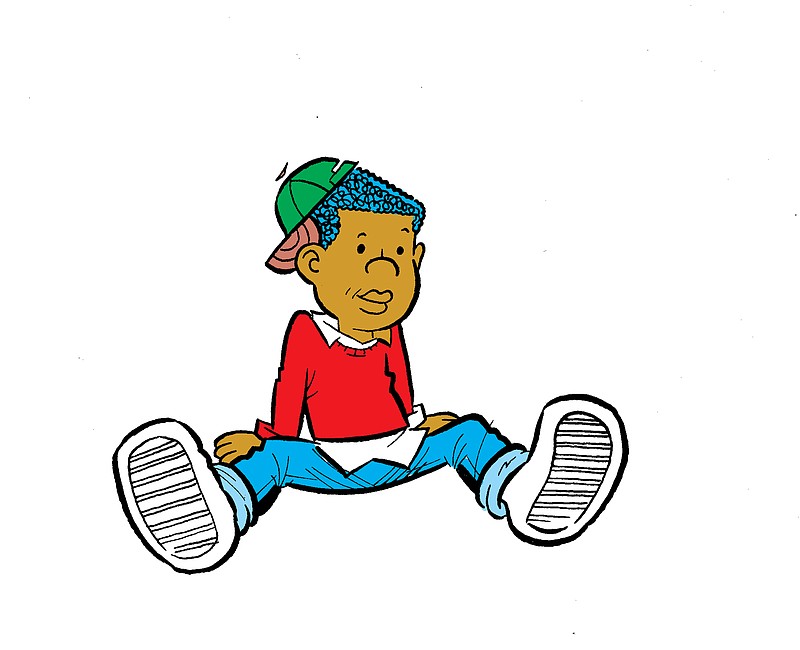The cartoon strip Curtis joins the Arkansas Democrat-Gazette comics pages beginning Monday, March 6.
Curtis replaces Dilbert, which was dropped by newspapers across the country and then by Andrews McMeel Universal over its creator Scott Adams' public comments on race.
Ray Billingsley's comic strip Curtis finds humor in the daily life of a close-knit Black family in a large American city. King Features Syndicate describes the title character as a good-natured, mischievous 11-year-old whose ideas for fun lead to humorous catastrophe.
Curtis has a big crush on Michelle, a spoiled girl described by King Features as "a diva in her own mind." Meanwhile, Curtis is clueless that his smart girl pal Chutney Devoe likes him more than she lets on. Chutney lives with her father and misses her mother, who died of cancer.
Curtis' father, Greg Wilkins, is described as a harried workaholic who juggles his job at the Department of Motor Vehicles, paying bills and keeping his children on the straight and narrow. For relief, he smokes cigarettes, which Curtis intensely dislikes.
Little brother Barry Wilkins, a tattletale with an innocent-looking baby face, knows how to stay in favor with their no-nonsense mother, Diane Wilkins.
Curtis' best buddy is Gunk, a cross-eyed white child who lives on fictional Flyspeck Island, where anything can happen and things are not always as they seem. Other neighborhood characters include Gunther, the tough barber; Derrick and Onion, school bullies who try to ensnare Curtis in their misdeeds; and Mrs. Nelson, a strict teacher who also writes children's books.
According to a biography from King Features, Billingsley draws upon his own memories of growing up the son of Southerners who moved to Harlem, then a depressed, crime-ridden area. His family was close, with a hard-working father and a mother who kept her kids in line, teaching them to read and write before they entered kindergarten.
He took up drawing at age 5 and won his first art award in third grade. At 12 he was spotted while sketching in public and hired as a staff artist by Kids Magazine, a national publication. Every day after school, a car arrived to take him to the magazine office. He was a well-known freelance cartoonist before graduating from high school, and he attended the School of Visual Arts in New York on full scholarship.
In 1979 he started a post-graduate internship at Walt Disney Studios, but left when he landed his first nationally syndicated strip, "Lookin' Fine." From 1980 until its cancellation in 1982, Lookin' Fine portrayed a Black family and a group of 20-something friends. Then he freelanced in many fields, from animation to T-shirt design, until October 1988, when King Features introduced Curtis.
Its hero, the bio states, came to him in the middle of one night when he woke up with an idea for a boy who wore his hat backward. Without turning on a light, he drew a sketch and went back to sleep. When he awoke, he found the sketch and gave the character his middle name.
Curtis has earned several awards from the American Lung Association for Billingsley's efforts against smoking. In 2020, he became the first Black artist to win the National Cartoonists Society's highest honor, the Reuben Award.
